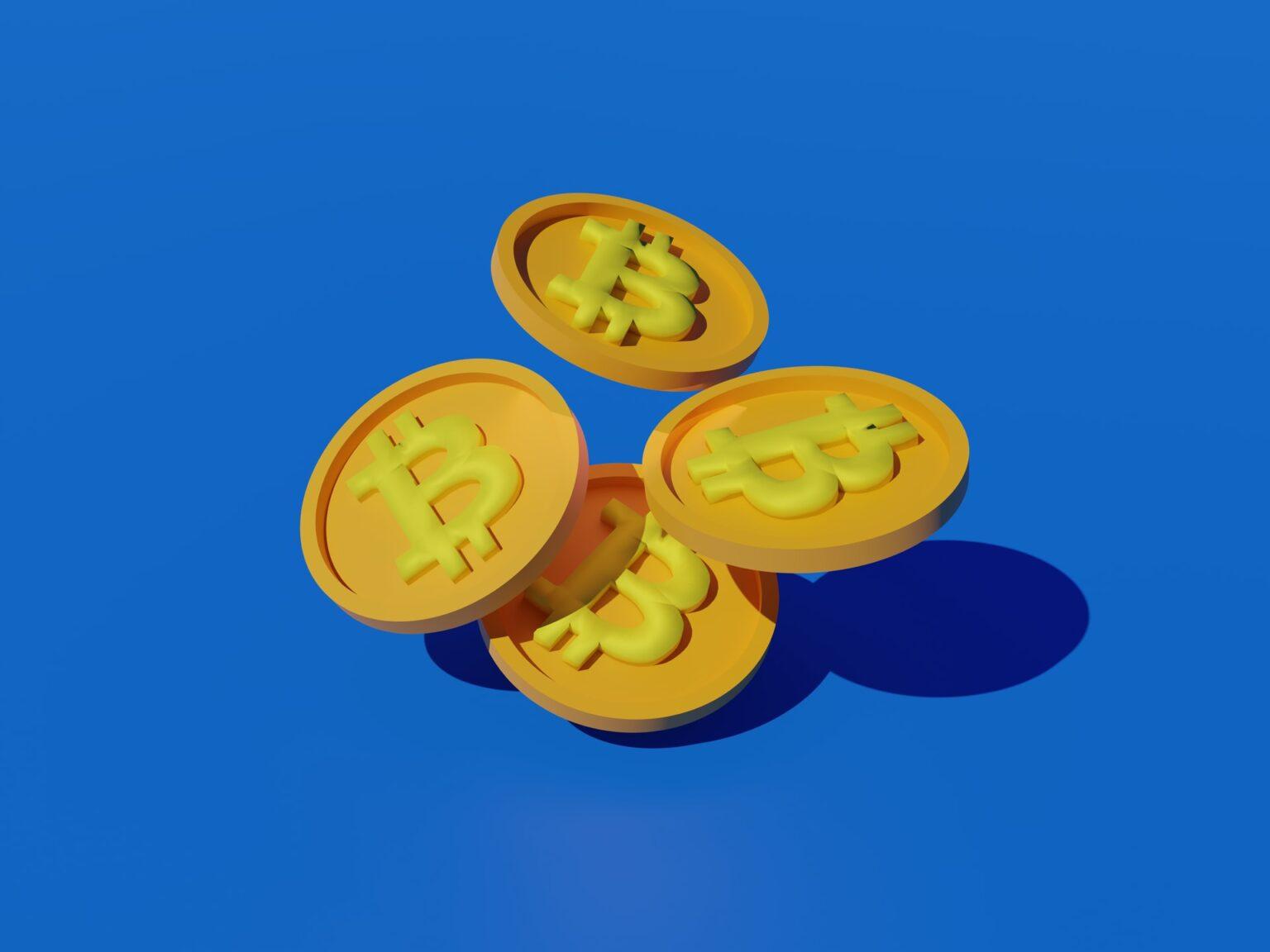Inter Protocol is a DeFi application that runs on the Agoric chain in the Cosmos ecosystem. It is a collection of community-organized contracts that work together so that IST (Inter Stable Token) maintains parity with the US dollar. IST stability is achieved through the following methods.
Minting Mechanisms
- Parity Stability Module (PSM) – Live Today
- Vaults – Coming Soon
- BLD Boost
Additional Systems
- Reserve
- Automated Market Maker (AMM)
- Over-collateralization & Liquidation
- Economic Committee & Governance
Before going into the minting mechanisms, let’s better understand IST and Inter Protocol by visiting the website for more information.
The Inter Stable Token (IST)
IST is a fully collateralized, decentralized stable token created for the broader interchain ecosystem on the Agoric chain. The stable token maintains parity with the US Dollar, giving users greater accessibility while providing the Agoric ecosystem an asset with minimum price volatility. IST is also the native fee token for the Agoric chain, facilitating some of the core functionalities and stability of the larger Agoric economy. Fees can be paid in BLD (default) or IST.
IST maintains stability through a host of market-based arbitrage mechanisms. These work together to ensure IST maintains parity with USD. These mechanisms work with different assets, tracking from a narrow to a wide band, providing maximum arbitrage opportunities to maintain parity in case there is a diversion from the USD.
A Closer Look At The Mechanisms
Parity Stable Module
The Parity Stability Module allows users to mint IST using whitelisted stablecoins. Users can provide a community-approved stablecoin as collateral and mint IST against it. This saves users the process of minting IST through a vault and allows for timely, low-cost arbitrage opportunities for users when IST moves from its USD parity.
Currently, users can mint IST with USDC and USDT bridged over both Axelar and the Gravity Bridge. There’s also an IST Dashboard where users can view analytics.
Vaults
Vaults are smart contracts that allow users to lock their whitelisted assets as collateral and mint IST against them. A user can create individual Vaults based on their collateral type. Users are charged an additional minting fee and interest rate, which are settled when the Vault is closed. They can withdraw their collateral once they have paid back the borrowed IST, along with the accrued fees and interest. Due to the volatile nature of crypto, most collateral types require over-collateralization. An elected Economic Committee sets the collateralization ratio for each type of collateral.
Users are responsible for monitoring and maintaining their collateral. Inter Protocol sells collateral to pay for the outstanding debt and liquidation penalty costs if liquidation is required. Once the costs are covered, any balance left is returned to the user. Liquidations occur when the dollar price of assets held as collateral falls below the collateralization ratio. The value of collateral held in the vaults is determined by a third-party oracle network.
BLD Boost
BLD Boost allows stakers of the Agoric BLD token an alternative method of minting IST. BLD stakers can mint a fixed amount of IST by locking a part of their staked BLD tokens. Locked BLD tokens remain staked, continuing to accrue rewards. However, users will only be able to unstake their staked BLD tokens or access rewards if they repay the minted IST and associated fees.
Additional Systems
Reserve
The Reserve acts as a primary collection point for protocol fees by storing protocol-controlled value (PCV) for the protocol. The PCV is crypto collateral which could include ATOM, IST, liquidity tokens, and other assets. BLD holders may also choose to allocate the accumulated Reserve.
Automated Market Maker (AMM)
The AMM is a native automated market maker (AMM). It will support Inter Protocol by providing a market that helps liquidate collateral held in Vaults. Beyond supporting Inter Protocol, the AMM will also support the trading of assets launched directly on Agoric or brought on-chain through the Inter Blockchain Communication (IBC) protocol.
Over-collateralization
Inter Protocol has a built-in mechanism that ensures assets on the protocol are overcollateralized. The Vaults mechanism ensures this by maintaining a higher amount of assets that back the native currency on the platform. For each newly minted IST token, there is a correspondingly higher amount of collateral that backs it. This protects the system from volatility.
Economic Committee
Inter Protocol has an Economic Committee (EC) that plays a critical role in the system’s governance. The EC ensures the stability of IST by deploying a raft of measures deemed necessary to control its economics. Inter’s EC has experts drawn from various sectors including TradFi, economic and FinTech that manage the technical-economic aspects of IST as delegated by BLD holders.
In Closing
Inter Protocol is a collaborative effort to implement IST, a decentralized and fully collateralized stable token for the Cosmos ecosystem. Inter Protocol utilizes several mechanisms so that IST maintains parity with the USD to provide the Cosmos ecosystem with a robust stable token. This combination of diverse mechanisms is a novel approach employed by Inter Protocol to democratize DeFi and improve accessibility and ease of use.





